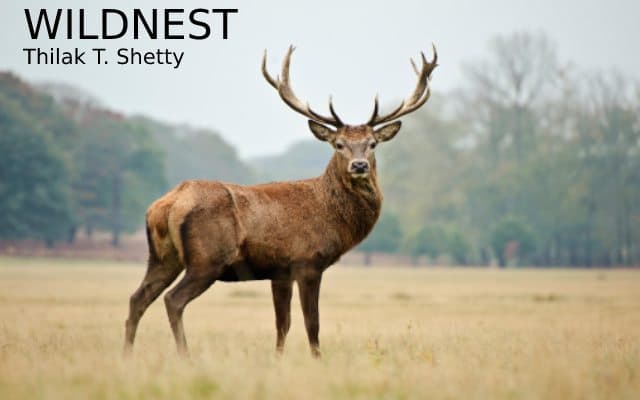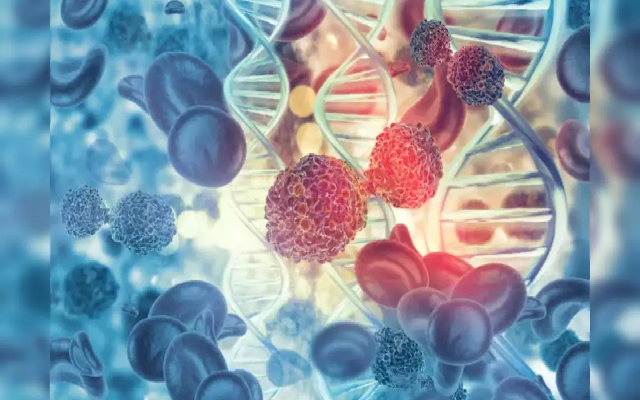Deer or true deer are hoofed ruminant mammals of the family Cervidae, notable for having two large and two small hooves on each foot and also for having antlers in the males of most species and the females of one species.
The musk deer of Asia and chevrotains of tropical African and Asian forests are separate families that are also in the ruminant clade Ruminantia, they are not especially closely related to Cervidae.
Deer live in a variety of biomes, ranging from tundra to tropical rainforest. While often associated with forests, many deer are ecotone species that live in transitional areas between forests and thickets and prairie and savanna. The majority of large deer species inhabit the temperate mixed deciduous forest, mountain mixed coniferous forest, tropical seasonal/dry forest, and savanna habitats around the world. Deer are widely distributed, with indigenous representatives in all continents except Antarctica and Australia.
Deer constitutes the second most diverse family of artiodactyl after bovids. Though of a similar build, deer are strongly distinguished from antelopes by their antlers, which are temporary and regularly regrown, unlike the permanent horns of bovids. Deer exhibits a broad variation in physical proportions. Deer are also excellent jumpers and swimmers. Deer are ruminants, or cud-chewers, and have a four-chambered stomach. Some deer, such as those on the island, do consume meat when it is available.
Nearly all deer have a facial gland in front of each eye. The gland contains a strongly scented pheromone, used to mark its home range. All deer have a liver without a gallbladder. Deer also have a tapetum lucidum, which gives them sufficiently good night vision. All male deer possess antlers.
Females generally lack antlers, though female reindeer bear antlers smaller and less branched than those of the males. Deer has several other distinguishing characteristics. All deer lack the gall bladder. Females have four teats. Deer may have scent glands on their legs (metatarsal, tarsal, and pedal glands), but they do not have rectal, vulval, or preputial glands.
Antlers might be one of the most exaggerated male secondary sexual characteristics and are intended primarily for reproductive success through sexual selection and combat. Nearly all cervids are so-called uniparental species. The young, known in most species as fawns, are only cared for by the mother, most often called a doe. A doe generally has one or two fawns at a time. The mating season typically begins in later August and lasts until December. Some species mate until early March. The gestation period is anywhere up to ten months for the European roe deer. Most fawns are born with their fur covered with white spots, though in many species they lose these spots by the end of their first winter. In the first twenty minutes of a fawn’s life, the fawn begins to take its first steps. Its mother licks it clean until it is almost free of scent, so predators will not find it. Its mother leaves often to graze, and the fawn does not like to be left behind. Sometimes its mother must gently push it down with her foot. The fawn stays hidden in the grass for one week until it is strong enough to walk with its mother.
The fawn and its mother stay together for about one year. A male usually leaves and never sees his mother again, but females sometimes come back with their fawns and form small herds.
Deer appear in art from Paleolithic cave paintings onwards, and they have played a role in mythology, religion, and literature throughout history, as well as in heraldry.
Deer was an important source of food for early hominids. the cave paintings at Lascaux in southwestern France include some 90 images of stags.
In China, deer continued to be a main source of food for millennia even after people began farming.
Deer had a central role in the ancient art, culture and mythology of the Hittites, the ancient Egyptians, the Celts, the ancient Greeks, the Asians and several others.
In Japanese Shintoism, the sika deer is believed to be a messenger to the gods. In China, deer are associated with great medicinal significance.
Deer have been an integral part of fables and other literary works since the inception of writing. There are several mentions of the animal in the Rigveda as well as in the Bible.
In the Indian epic Ramayana, Sita is lured by a golden deer which Rama tries to catch. In the absence of both Rama and Lakshman, Ravana kidnaps Sita.
Many of the allegorical Aesop’s fables, such as “The Stag at the Pool”, “The One-Eyed Doe” and “The Stag and a Lion”, personify deer to give moral lessons.
Deer of various types appear frequently in European heraldry. Deer have long had economic significance to humans. Deer meat, known as venison, is highly nutritious. The skins make a peculiarly strong, soft leather, known as buckskin.

















